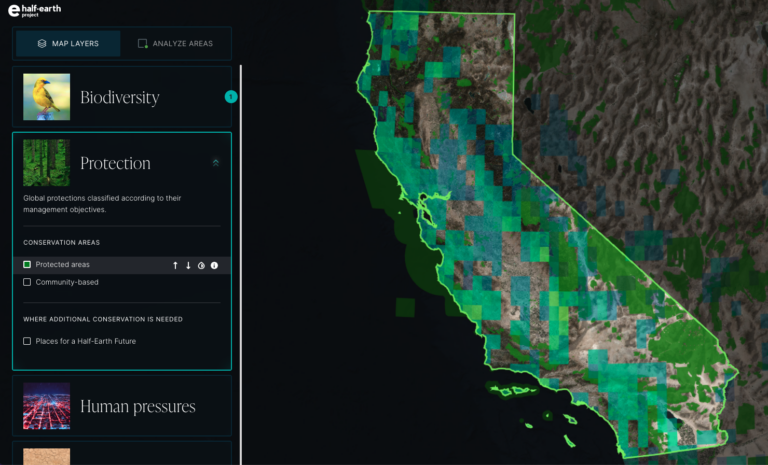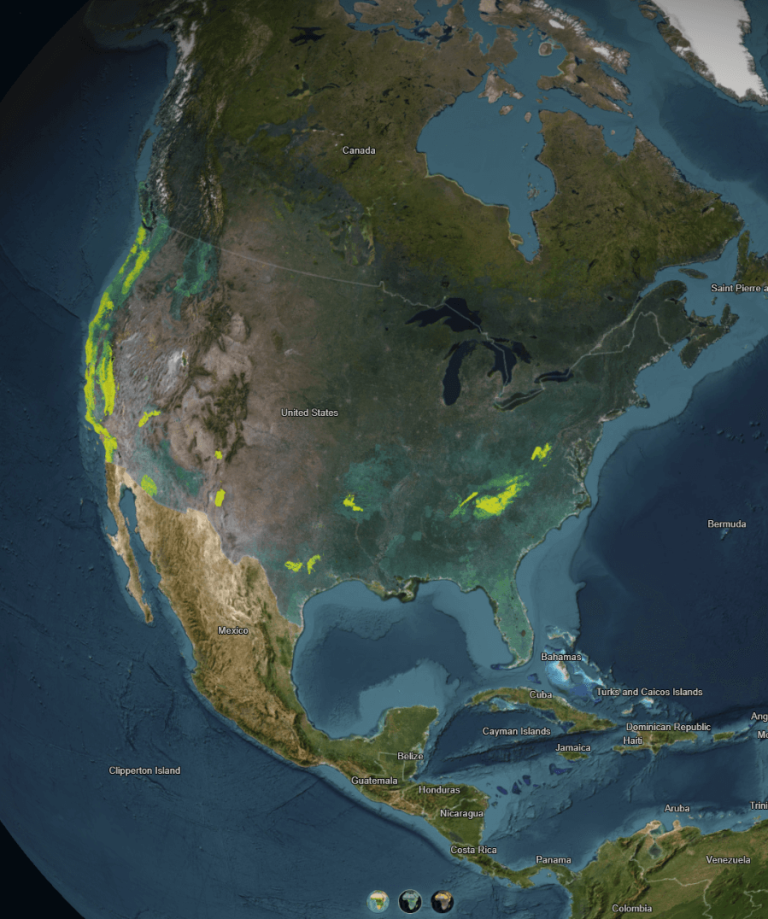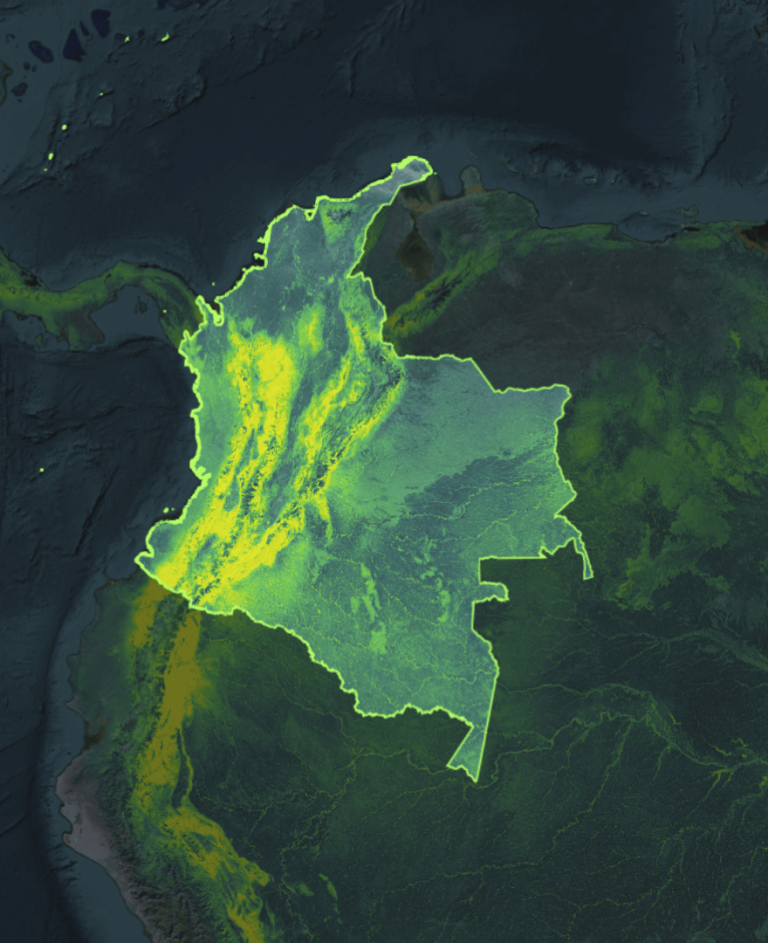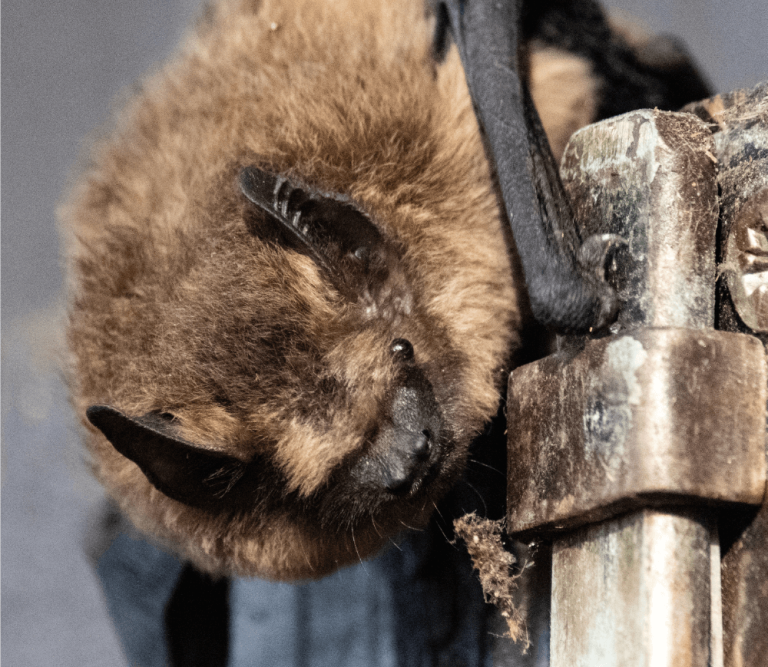Marmot Mounds by Satellite
Overview
Subjects
You will need:
Printed Paper maps
Digital map files
Online half-earth map
Marmot Mounds by Satellite
Learning Objectives
- Build skills in observation and data interpretation to measure human impacts on species and how a species modifies the environment, which can be used to measure their abundance and population health.
Key Terms + Conditions
- Agriculture
- Baseline Data
- Satellite Images
- Population Trends
- Keystone Species
- Ecological Impact
- Habitat
Lesson Resources
- Lesson plan
- Article: Farming and marmot populations, The Scientist
- Journal article: Population size and habitat use of marmots using publicly available satellite images
- Journal article: Spy satellite images reveal long-term declines of keystone species
Top tips for Instructors
While the lesson activity focuses on the Eurasian Bobak Marmot, students can compare and contrast this species to one of the more well-known North American Marmot: the groundhog. Ask your students, how important are each of these Marmota species as ecosystem engineers/keystone species in each of their places?
For additional details on the use of satellite data to analyze the impact of agricultural development on marmot populations, as well as how marmot populations change the landscape, check out this additional study published in Remote Sensing in Ecology and Conservation.
For a fun dive into the world of Marmota monax, check out this podcast. Or discover a marmot species in Vancouver Island, Canada, that is unique to high altitude meadows.







